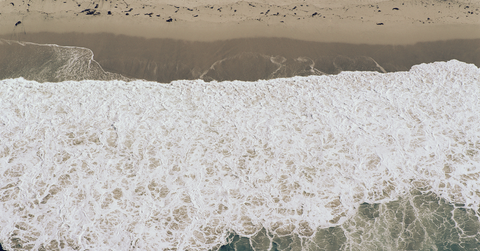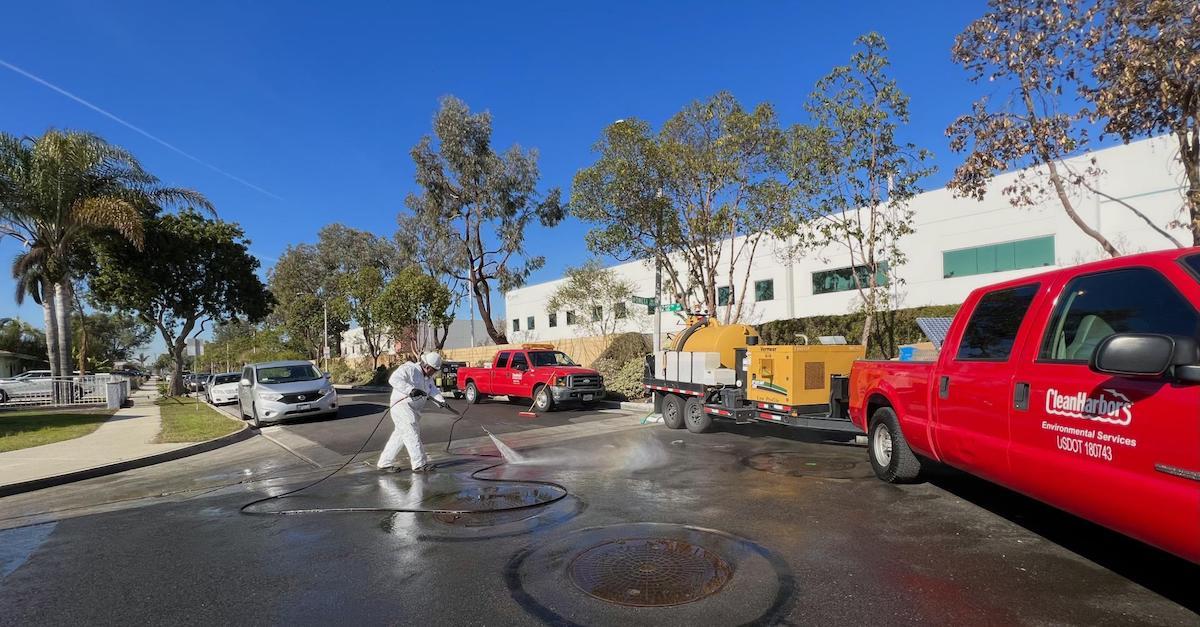8.5 Million Gallons of Spilled Sewage in Southern California Forced Several Beaches to Close
Published Jan. 6 2022, 12:06 p.m. ET

Another day, another raw sewage spillage — on Friday, Dec. 31, the Los Angeles County Sanitation Districts were informed that millions of gallons of raw sewage had been spilled in a channel that feeds into Los Angeles Harbor. As a result, several beaches in the area were completely shut down, and although cleanup efforts are in the works, locals and government officials alike are confused as to how this latest California sewage spill happened in the first place.
"The sewage spill is now estimated to be between 6 and 7 million gallons," Los Angeles County Supervisor Janice Hahn tweeted on Dec. 31, shortly after it first happened. "A spill of this magnitude is dangerous and unacceptable, and we need to understand what happened. The recent storm undoubtedly contributed, but we need infrastructure that doesn’t fail when it rains."
"As a safety precaution due to spilled sewage reaching the ocean, the LA County Department of Public Health issued a closure of beaches from Long Beach to Rancho Palos Verdes," read an announcement from the Los Angeles County Sanitation Districts that was released the same day.
"We will be working with health officials over the coming days to monitor water quality to determine when beaches are safe to reopen and assess environmental impacts."
The California sewage spill has shut down beaches statewide.
Several Southern California beaches are closed for intensive bacterial testing, after massive rainstorm caused a sewer to collapse on Dec. 30. According to CBS News, quite a bit of untreated wastewater overflowed into a nearby storm drain that leads into the Dominguez Channel, which empties into the Los Angeles Harbor. As a result, Long Beach, Cabrillo Beach, Point Fermin Beach, Royal Palms State Beach, Rancho Palos Verdes Beach, Seal Beach, and White Point Park Beach are all currently closed.
"We will be working with health officials over the coming days to monitor water quality to determine when beaches are safe to reopen and assess environmental impacts," the Los Angeles County Sanitation Districts said in an official statement, as per CBS News. "Our top priority is the health and safety of the impacted communities and we will continue our efforts until all health and environmental issues are addressed."
At least 7 million gallons, but likely closer to 8.5 million gallons of sewage were unleashed before the spill was stopped on Friday, Dec. 31. Crews worked to fix the collapsed sewer and clean up the mess, while closure signs were posted at all affected beaches. Residents are currently being instructed to stay out of the water, to avoid coming into direct contact with the waste. Until bacteria levels return to normal, these beaches will remain closed.
This is only months after the Newport Beach oil spill.
This unfortunately comes less than three months after an oil spill tainted the shores of Southern California — specifically Newport Beach. A pipeline from an offshore drilling platform, called Elly, burst in October 2021. It spread oil across surrounding waters, wetlands, and beaches. Birds and fish were killed, and although cleanup crews were deployed immediately, quite a bit of damage was done.
If we want to protect communities and ecosystems, sewer pipes should be better maintained and offshore drilling should be banned for good — or else, more disasters like these are likely in our future.
